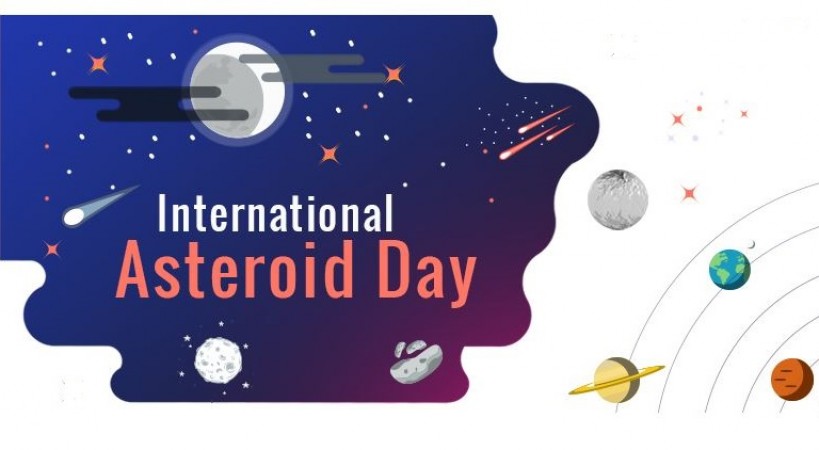
World Asteroid Day, June 30, is an annual event observed to raise awareness about the potential dangers posed by asteroids and to promote efforts in planetary defense. This significant occasion aims to educate people about the impact hazards associated with asteroids and emphasize the importance of detecting, tracking, and mitigating potential threats. In this article, we will explore the significance of World Asteroid Day, the risks asteroids pose to Earth, ongoing efforts in asteroid research, and the measures being taken to safeguard our planet.
The Significance of World Asteroid Day: World Asteroid Day was officially launched on June 30, 2015, to commemorate the Tunguska event that occurred on the same date in 1908. The Tunguska event involved the explosion of a large asteroid or comet over Siberia, which caused significant devastation, leveling trees over an area of approximately 2,000 square kilometers. The objective of World Asteroid Day is to remember this event and highlight the potential risks associated with asteroids, fostering a collective commitment to protecting our planet.
Understanding the Threats: Asteroids, also known as minor planets, are rocky remnants left over from the formation of our solar system. Most asteroids are found in the asteroid belt, a region located between the orbits of Mars and Jupiter. However, some asteroids have trajectories that bring them into close proximity with Earth.
The primary concern regarding asteroids is their potential to collide with our planet. Depending on the size and composition of the asteroid, an impact event can have devastating consequences. Large asteroids can cause widespread destruction, trigger tsunamis, and even lead to global climate changes. The extinction of the dinosaurs, believed to be caused by a massive asteroid impact, serves as a sobering reminder of the potential risks.
To mitigate the threats posed by asteroids, extensive research is being conducted to detect and track Near-Earth Objects (NEOs). NEOs are asteroids and comets that come within 1.3 astronomical units (AU) of the Sun, and therefore, have the potential to intersect Earth's orbit.
Various observatories and space agencies around the world, such as NASA's Near-Earth Object Observations (NEOO) program, are actively engaged in searching for, characterizing, and cataloging NEOs. These efforts involve using ground-based telescopes and space-based observatories to identify and track potentially hazardous asteroids.
Protecting Earth from potential asteroid impacts requires a multi-faceted approach. Here are some of the key measures being taken:
Detection and Tracking: Continuous monitoring of NEOs allows scientists to identify potentially hazardous asteroids well in advance. Early detection provides more time for assessment and enables the development of effective mitigation strategies.
Asteroid Deflection: Scientists and engineers are researching various methods to deflect or redirect asteroids that pose a threat to Earth. Techniques under consideration include gravitational tractor, kinetic impactors, and solar sails.
International Collaboration: Global cooperation is crucial in addressing the asteroid threat. Organizations such as the United Nations Office for Outer Space Affairs (UNOOSA) and the International Asteroid Warning Network (IAWN) facilitate international collaboration, data sharing, and coordination of mitigation efforts.
Public Awareness and Education: World Asteroid Day plays a significant role in raising public awareness about the potential risks and encouraging support for planetary defense initiatives. Education and outreach efforts aim to inform and engage the general population in understanding and supporting these vital endeavors.
World Asteroid Day serves as a reminder of the potential risks asteroids pose to our planet and the importance of proactive measures in planetary defense. Through ongoing research, detection, and collaboration, scientists and space agencies worldwide are working together to enhance our understanding of asteroids and develop effective strategies for mitigating the threats they may present. By raising awareness and fostering a collective commitment to planetary defense, we can strive towards a safer future for our planet and all life on it.